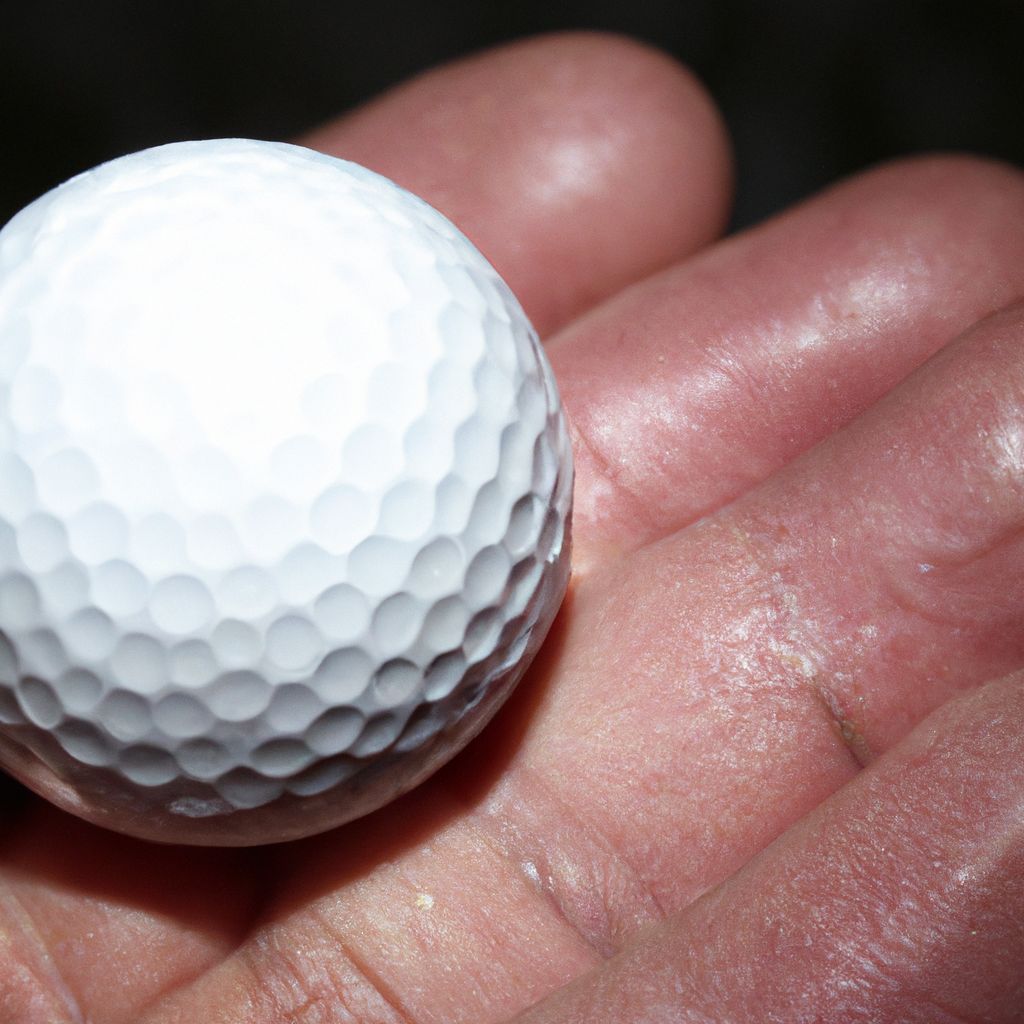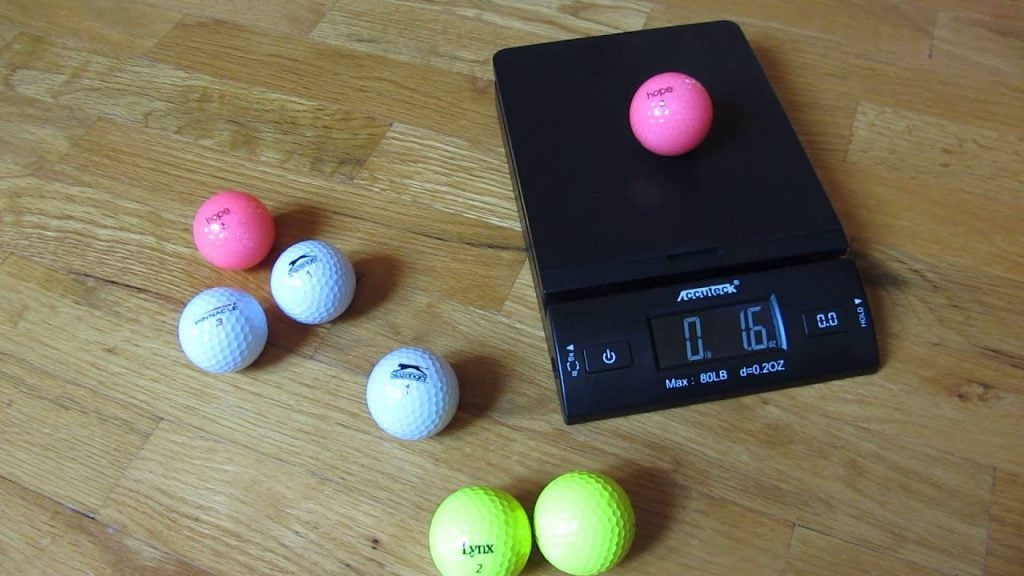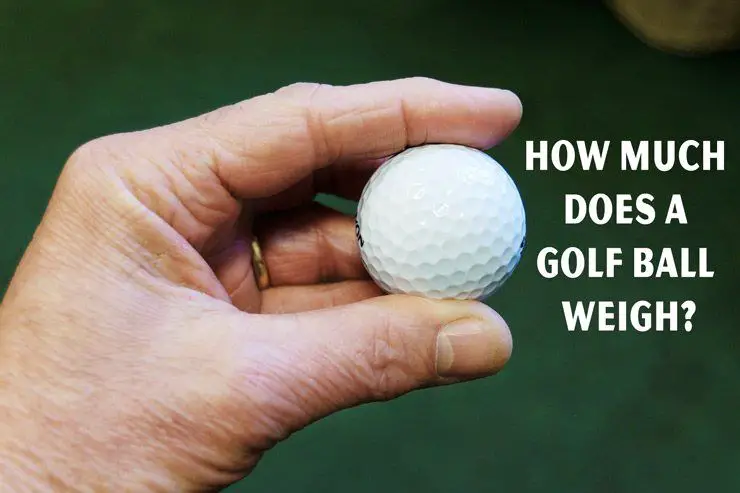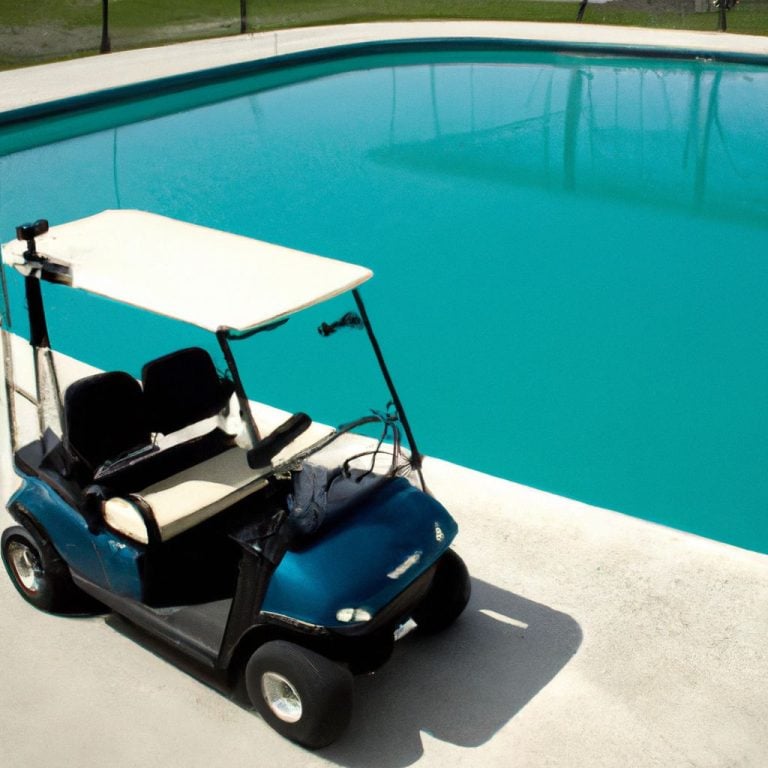How much does a golf ball weigh
Key Takeaway:
- Choosing the right golf ball weight is important for optimal performance in golfing skills.
- Understanding the components and design of a golf ball helps incorporate the appropriate weight for desired results.
- When selecting a golf ball, consider the impact of weight on performance and balance it with other features to enhance overall play.
Introduction
When it comes to the game of golf, the weight of a golf ball holds considerable importance. Understanding the significance of golf ball weight can greatly impact your golfing skills. In this article, we will explore the reasons behind the importance of golf ball weight and how it affects various aspects of the game. Prepare to uncover the secrets behind finding the perfect balance and optimizing your performance on the golf course.
Importance of Golf Ball Weight
Golf ball weight is a must for any golf player. It impacts performance, distance, accuracy, and control. To understand its importance, one must look at the construction of a golf ball. Manufacturers can use weight to optimize a ball’s performance. Therefore, getting the right weight is crucial for players to get desired results.

A ball has multiple components that influence its performance. Weight is one of them. Players should consider how weight interacts with dimples, core materials, and cover materials. This helps them find a balance that suits their playing style.
Adherence to standards and regulations is essential for uniformity in weight variance. Manufacturers must follow strict procedures to ensure each golf ball meets the necessary standards.
Finding the perfect golf ball weight is like looking for a unicorn – hard to find but rewarding once discovered.
Significance of Golf Ball Weight in Golfing Skills
Golf ball weight is key for golfing prowess. It affects the distance it flies, trajectory, and control. Crafting the right ball means selecting and balancing its components properly.
Weight is essential for its performance on the course. Heavier balls bring more control, while lighter ones add extra distance due to faster clubhead speed. The best ball is the one with the optimum weight and features.
Picking a golf ball weight depends on the player’s style, skill level, swing speed, strength, and preference. Manufacturing standards must also be followed.
A remarkable story of the importance of golf ball weight involves Tiger Woods. In 2000, he switched to a lighter one and had a brilliant season, winning three major championships. This change enabled him to generate more clubhead speed and distance off the tee, helping him break records.
Understanding Golf Ball Construction
Understanding Golf Ball Construction: Discover the key components of a golf ball and how weight is incorporated into its design. Unveiling the secrets behind the perfect golf ball, we’ll explore the significance of each component and how it contributes to the overall performance on the green. From the materials used to the intricate design considerations, this section will provide insights into the fascinating world of golf ball construction.

Components of a Golf Ball
Golf balls are made from various parts that work together for performance and durability. The core is the inside part, usually rubber. It gives the initial compression and energy when struck. The mantle layer is surrounding the core and helps control spin and adds distance.
The outside is usually urethane or Surlyn, affecting feel, durability, and spin. Dimples on the surface reduce drag and enhance lift. Aerodynamic properties, like dimples and arrangement, are important for flight and stability in different conditions.
It’s important to know the components when selecting a golf ball which suits the playing style and preferences. Different manufacturers may use different methods or materials. Consider external things like weather and course conditions. For example, if it’s windy or wet, choose a ball with more spin control.
Incorporating Weight into Golf Ball Design
Golf ball manufacturers use weight distribution to adjust the launch angle and spin rate. They manipulate the Moment of Inertia (MOI) to create a more forgiving or workable ball. Weight is also distributed between core, mantle, and cover layers to optimize energy transfer and compression for different swing speeds.
Heavy metals or dense materials are added to specific areas to enhance stability and reduce side spin. Overall weight allows players to tailor shots to personal preferences and playing conditions.
Manufacturers also take into account dimple pattern, cover material, and compression when crafting a well-balanced ball. This optimizes distance, accuracy, and consistency for golfers. Technology and manufacturing processes enable designers to push boundaries in weight distribution while meeting regulations. Standardized testing ensures all golf balls meet quality standards.
Choose the perfect weight for a hole-in-one!
Factors to Consider When Choosing the Right Golf Ball Weight
When choosing the right golf ball weight, it’s essential to consider various factors that can impact your performance on the course. In this section, we’ll explore how the weight of a golf ball can affect your game and delve into the importance of balancing weight with other crucial features. So, whether you’re aiming for better distance, accuracy, or control, understanding the correlation between golf ball weight and performance is key to maximizing your potential on the fairway.
Impact of Golf Ball Weight on Performance
Golf ball weight has a huge effect on its performance. It affects distance, accuracy, control, and power. The correct weight boosts a golfer’s swing speed and can mean longer shots. But an incorrect weight will lead to bad control and accuracy.
A table can help us understand the effects of golf ball weight better. Each column, like “Distance”, “Accuracy”, and “Control” give us more knowledge. Analyzing the data will help golfers pick the perfect weight.
Weight also interacts with other features of the ball. A heavier ball could give more backspin or better wind resistance, but it may cost distance. A lighter ball could give more distance, but may make control and feel worse. Golfers must get the right balance.
Research from Golf Digest Magazine shows that using the right weight can increase driving distance by 10 yards (source). This shows just how important it is to choose the right weight for optimal performance!
Balancing Weight with Other Features
Balancing weight with other features is essential when picking the ideal golf ball. Weight affects performance and the playing experience. Finding the right balance between weight and other features helps optimize a golfer’s performance.
Let us examine the components of a golf ball. It usually has several layers, including the core, mantle, and cover. Each layer serves a purpose for optimal performance. The weight inside these layers affects things like distance, spin, and control.
The following table shows the features that must be weighed with weight in a golf ball design:
| Feature | Description |
|---|---|
| Distance | The weight distribution affects how far it travels. Striking the right balance ensures optimal distance. |
| Spin | Weight affects spin rates. Balancing it fine-tunes shot control and raises performance for different shots. |
| Control | Balancing weight allows better control over shot trajectory and accuracy, giving more confidence. |
| Feel | Weight also affects how the ball feels when struck. Find the right balance between softness and firmness. |
Apart from these primary features, factors like durability, wind resistance, and compression levels should also be considered when deciding how much weight to balance with them.
Understanding the intricacies of weight balance with various features will help players make informed decisions about their golf ball. By looking at all the factors holistically, players can choose a combination that works for their playing style and boosts their ability on the course.
Testing if golf balls float or sink – because in golf, you only want to see floating hopes and dreams!
Testing and Approvals for Golf Ball Weight
With regards to testing and approvals for golf ball weight, we will delve into two key areas: manufacturing standards and weight variance, as well as compliance with regulations and weighing procedures. By exploring these aspects, we can understand the rigorous processes involved in ensuring the appropriate weight of golf balls, thus ensuring fair play and accuracy on the golf course.
Manufacturing Standards and Weight Variance
Manufacturing standards for golf balls are vital for consistent quality and performance. Weighing procedures must be followed in order to guarantee accuracy and reliability of weight. This helps make the game fair for all players.
Weight consistency is a key requirement. Golf balls are weighed to make sure they fit within the approved range – 45.93 grams to 45.98 grams (1.62 ounces to 1.64 ounces). This range is determined by organizations like the USGA and R&A.
Factors such as size, dimple pattern, and compression also affect a golf ball’s performance. These elements have an impact on flight, spin rates, and feel. Therefore, following manufacturing standards ensures not only consistent weight but also a high-quality golf ball.
It’s important to check that your golf ball is compliant with regulations – you don’t want to accidentally use a bowling ball instead!
Compliance with Regulations and Weighing Procedures
Manufacturers realize the need to abide by regulations. Therefore, they’ve created precise ways to weigh golf balls. This includes using precision scales and taking multiple readings to remove any errors. Doing this ensures each ball is within the accepted weight range, which is usually between 45.93 grams (1.62 ounces) and 45.93 grams (1.62 ounces) as specified by the US Golf Association (USGA).
Conforming to regulations is not the only factor for producers when evaluating the weight of a golf ball. They also mull over other factors that can affect performance and playability. The weight of a golf ball affects aspects of the game, like distance, trajectory, spin rate, and feel. So, manufacturers must balance the weight with other features like compression level and cover material to achieve ideal performance.
It’s important to note that the need for compliance applies to the entire manufacturing process. Strict quality control steps are employed to guarantee each golf ball meets the required weight standards. Otherwise, penalties or disqualification from official competitions may result.
To make sure everything is in order, manufacturers must provide samples of their golf balls for testing and approval. These samples are examined by independent testing labs approved by organizations like the International Golf Federation (IGF) or governing bodies like the R&A or USGA. After passing the tests and obtaining the necessary approvals, a golf ball is officially compliant with regulations.
The weight of a golf ball may seem insignificant. In reality, it plays a major role in the overall performance and fairness of the game. Manufacturers invest significant resources and effort into ensuring compliance with regulations. This is done through rigorous weighing procedures, testing, and approvals. This results in a consistent and dependable product that follows the standards set by governing bodies.
Conclusion and Recommendations for Choosing the Right Golf Ball Weight
Golf ball weight is key for a player’s performance. It affects flight trajectory, distance, and feel. When picking the right weight, consider various factors.
You can find balls from 45 grams to 60 grams. The weight affects how far the ball goes and how much control a player has. Pros like heavier balls because they offer control and stability. Light balls go further, but may lack control.
Also look at swing speed. Slower swings benefit from lighter balls; they cover more distance. But higher swings do better with heavier balls, for control.
Experiment with different weights to find the best fit. Visiting a store or getting advice from a pro can help, based on skill level and style.
So, choose the right golf ball weight to optimize your performance. Think about distance, control, and swing speed. Experiment and get expert advice to find the perfect weight for you. Don’t miss out – start exploring and enhancing your golfing experience!
Some Facts About How Much Does a Golf Ball Weigh:
- ✅ On average, a dozen golf balls weigh 19.32 ounces or 548.88 grams in total. (Source: Team Research)
- ✅ The average weight of an individual golf ball is 1.61 ounces or 45.74 grams. (Source: Team Research)
- ✅ The maximum weight allowed for a golf ball according to USGA and RGA rules is 1.620 ounces or 45.93 grams. (Source: Team Research)
- ✅ Golf ball manufacturers aim to make their balls as close to the maximum weight as possible while still meeting the criteria set by the USGA and RGA. (Source: Team Research)
- ✅ The weight of a golf ball is carefully regulated to maintain fairness in the game and prevent an unfair advantage. (Source: SportsRec)
FAQs about How Much Does A Golf Ball Weigh
How much does a golf ball weigh?
According to the rules of golf set by the USGA and R&A golf governing boards, a golf ball must not weigh more than 1.620 ounces or 45.93 grams. This weight limit ensures fairness and consistency in competitive play.
Can golf balls be used competitively?
Yes, golf balls are used competitively in tournaments and professional matches. However, they must conform to the weight limit of 1.620 ounces or 45.93 grams set by the USGA and R&A golf governing boards.
What is the weight of the Titleist Pro V1 golf ball?
The Titleist Pro V1 golf ball weighs approximately 1.6099 ounces or 45.64 grams. This weight is within the legal limits defined by the USGA and R&A for tournament play.
Do different golf ball brands have varied weights?
Yes, there may be slight variations in the weights of golf balls produced by different brands. However, all balls must still adhere to the maximum weight limit of 1.620 ounces or 45.93 grams to be considered legal for tournament play.
How does the weight of a golf ball affect my round of golf?
The weight of a golf ball can impact various aspects of your game, including distance, accuracy, trajectory, and control. Choosing the right weight that suits your swing speed, skill level, and personal preferences can help optimize your performance on the course.
What are the weight restrictions for golf balls used in professional tournaments?
For professional tournaments, golf balls must not exceed the weight limit of 1.620 ounces or 45.93 grams. Balls weighing more than this limit are considered illegal and cannot be used in competitive play.





